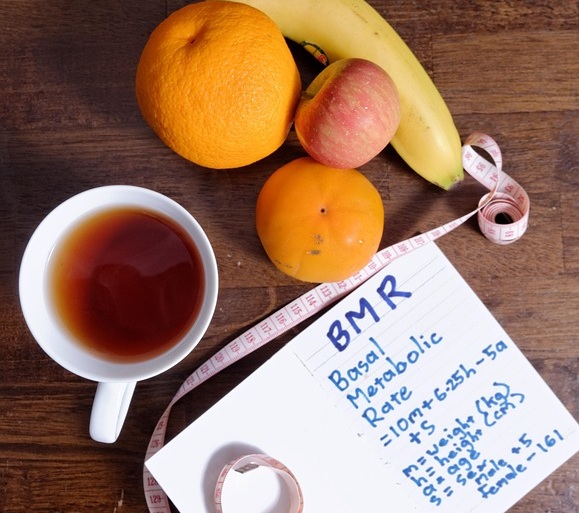
Introduction
If you’re counting calories, hitting the gym, or following any diet plan — but still struggling to see progress — there’s a good chance you’re ignoring the single most important number in fitness: your TDEE.
Let’s break down what TDEE is, why it matters far more than you think, and how to use it as your north star for any body transformation goal.
What Is TDEE?
TDEE (Total Daily Energy Expenditure) is the number of calories your body burns in a 24-hour period — including everything from intense workouts to lying in bed and breathing.
It’s composed of:
- BMR (Basal Metabolic Rate) – ~60–70% of total burn
- TEF (Thermic Effect of Food) – ~10%
- NEAT (Non-Exercise Activity Thermogenesis) – ~10–20%
- EAT (Exercise Activity Thermogenesis) – ~5–15%
Your TDEE is dynamic, not fixed. It changes with weight, muscle mass, activity level, and even sleep quality.
Why TDEE Is Critical for Fat Loss
You can’t lose fat unless you’re eating fewer calories than your TDEE. It’s that simple — and that brutal.
The Problem With Static Calorie Targets
Most diets give you an arbitrary number: 1500, 2000, 1800. Without adjusting based on your TDEE, you’re flying blind. Undereating may wreck your metabolism and hormones, while overeating stalls fat loss.
Use TDEE to Set Deficits Properly
A 15–25% reduction below your TDEE is the most effective and sustainable fat loss strategy. For example:
- TDEE: 2500 kcal → eat ~2000 kcal for moderate fat loss
- Combine it with protein-centric meals and resistance training
TDEE and Muscle Gain
If you’re bulking without knowing your TDEE, you’re either gaining excess fat or not eating enough to build lean tissue.
How a Surplus Works
To gain muscle, aim for a small surplus — usually 5–15% above TDEE. More than that just accelerates fat storage unless you’re a total beginner or on PEDs.
Adaptive Thermogenesis
Your body will increase NEAT and metabolic rate subtly in response to overfeeding. That’s why tracking and adjusting weekly is crucial during bulking.
How to Calculate Your TDEE
Method 1: Use a TDEE Calculator
The easiest and fastest way is to use a trusted TDEE calculator that includes:
- Age, height, weight
- Weekly training sessions
- Work activity level
- Diet phase (cut/bulk)
Method 2: Manual Formula
You can also calculate TDEE manually:
- Estimate BMR using Mifflin-St Jeor Equation
- Multiply by an activity factor (PAL)
- Adjust based on real-world data and tracking
Still, the calculator approach is faster and less error-prone.
Why Most People Miscalculate Their Needs
They Overestimate Activity
Most people count steps or workouts as high energy burn. In reality, strength training burns less than cardio, and NEAT is a more significant factor.
They Don’t Track Consistently
You can’t adjust your intake if you’re not logging your food and bodyweight over weeks. TDEE is a moving target — treat it like a feedback loop, not a fixed rule.
Final Thoughts: Use TDEE as Your Anchor
Whether you want to cut, bulk, or maintain — your TDEE tells you exactly how many calories you should start with. It removes the guesswork, helps avoid over/undereating, and gives structure to your plan.
Try our TDEE calculator now and set your goal with confidence.